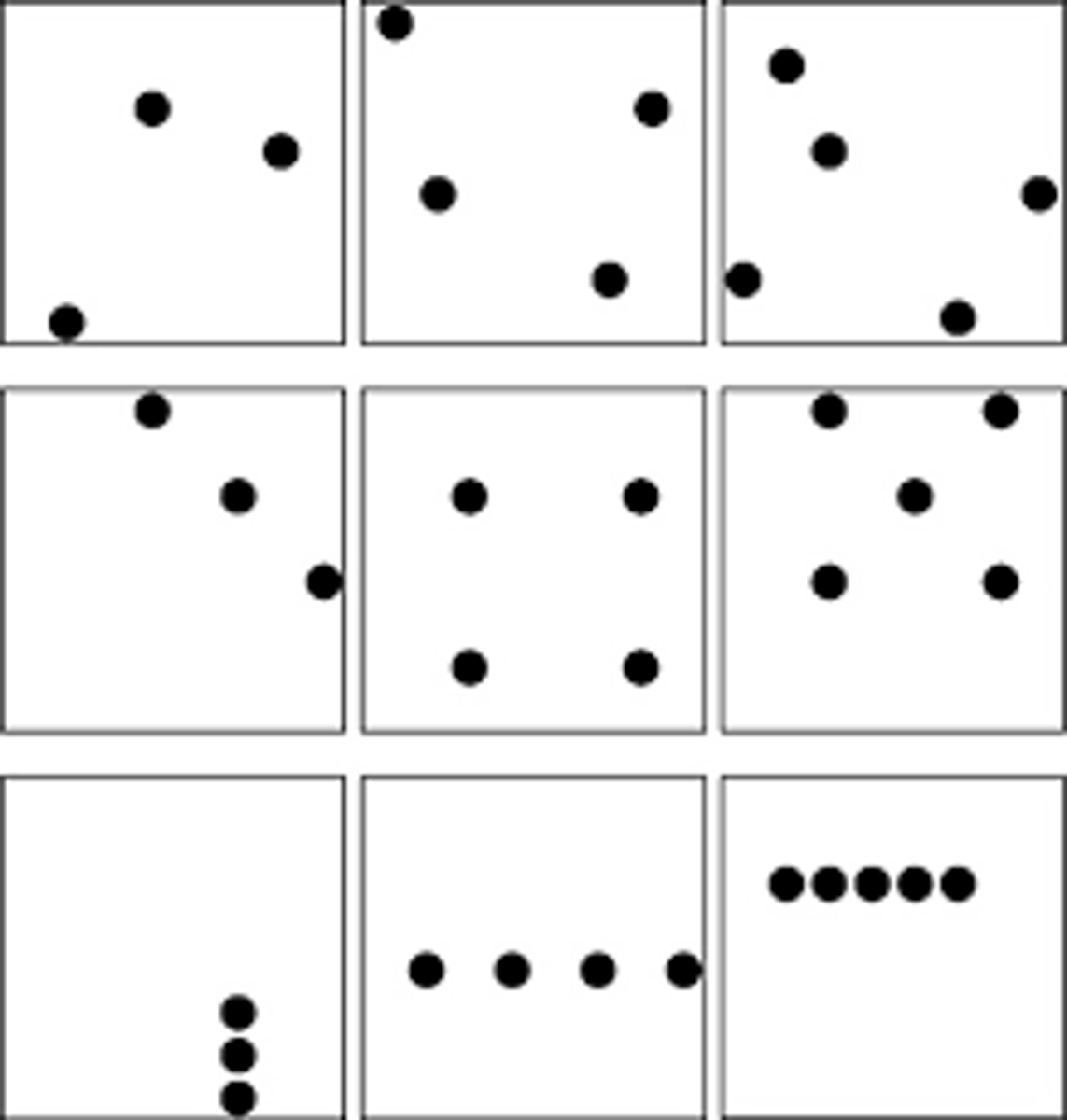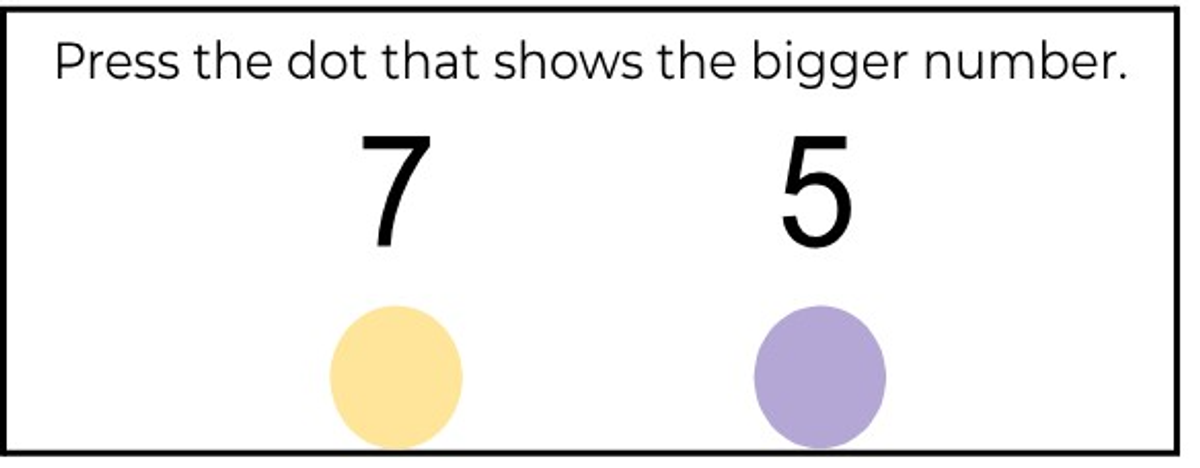Learning & Teaching

Understanding Dyscalculia: A Focus of Our Staff Learning
Last Tuesday afternoon, our teaching staff came together for a professional development session focused on understanding Dyscalculia - a learning difficulty that affects how students understand and work with numbers. This important session deepened our knowledge of how some children experience unique challenges with mathematics, and what we as educators can do to better support them.
What Is Dyscalculia?
Dyscalculia is a specific learning difference that can make it challenging to develop a strong sense of number, recall basic maths facts, or feel confident when working with numbers. Some students may arrive at the correct answer by following learned steps, but without fully grasping the underlying concepts. They may find it harder to develop an intuitive understanding of quantity, patterns, or numerical relationships, which can lead to feelings of confusion, anxiety, or frustration during maths lessons.
These challenges can sometimes affect not only school-based learning, but also everyday activities such as handling money, reading timetables, or making number-related decisions.
What Our Staff Learned
Over the past two decades, researchers have started to better understand the brain processes involved in mathematics. Maths learning follows a typical path, and most children progress through the steps in a similar order. But for some students, difficulties arise - not just because of gaps in learning - but due to differences in how their brains process numbers.
We explored key findings from educational neuroscience, such as:
- Maths and reading rely on different parts of the brain.
- Some number understanding seems to be present from birth (such as recognising small quantities quickly).
- Children with Dyscalculia may struggle with these early number ideas, which can make later learning more difficult.
What Might Dyscalculia Look Like?
Dyscalculia can be difficult to recognise, especially in the early years, because students often develop ways to "mask" their challenges. For example, two students might both give the correct answer to a question like “What is 5 sets of 4 cupcakes?”, but approach it very differently. One may confidently use multiplication or skip counting, while the other may slowly count every individual cupcake.
There are a number of ways that dyscalculia might present in students’ day-to-day learning. Some children may find it hard to instantly recognise small groups of items without counting. Others might struggle to compare two numbers, potentially using their fingers to work out which is larger. Estimating the position of numbers on a number line can also be difficult, for example when trying to place a number like 37 on a blank numberline from 0 to 100. These kinds of difficulties can indicate challenges with basic number sense, which is essential for building more complex mathematical understanding over time.
What Can We Do?
The good news is that with the right support, students with Dyscalculia can make meaningful progress. During the session, we explored strategies such as:
- Using concrete materials (like counters and blocks) to support understanding
- Providing extra time and practice to build number confidence
- Recognising when a student is using mechanical steps without understanding, and offering targeted support
- Identifying early signs of difficulty through careful observation and screening tools
Our Final Thoughts
At Holy Cross, we are committed to understanding the diverse learning needs of every child. This professional development session reminded us that struggling with maths is not a reflection of intelligence or effort, but sometimes of how a brain processes number. By recognising Dyscalculia early and responding with care and skill, we can help all students feel more confident and successful in their maths learning.
Dot Enumeration
Number Comparison


